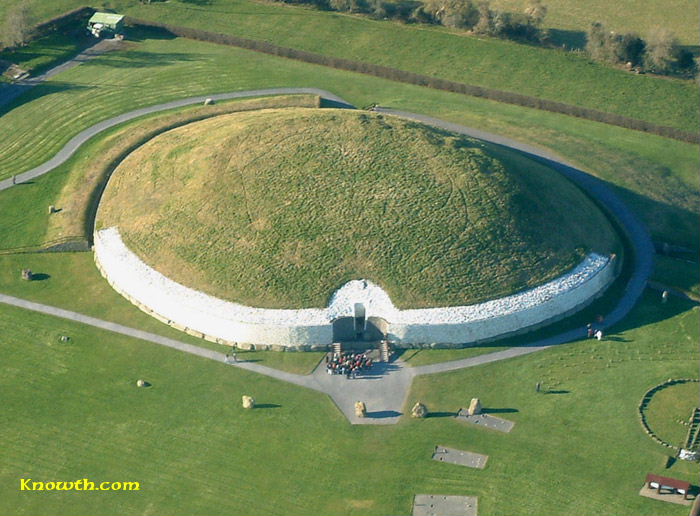Knowth Megalithic Passage Tomb
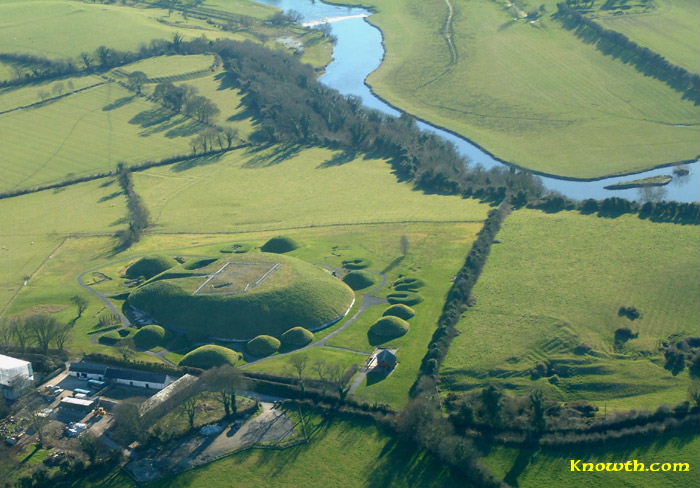
Knowth Megalithic Passage Tomb in the Boyne Valley - Ireland's Ancient East
The Megalithic Passage Tombs of Newgrange, Knowth, Dowth, Fourknocks, Loughcrew and Tara are located in present-day County Meath in Ireland's Ancient East. The Boyne Valley Mounds at Newgrange, Knowth and Dowth were built around 3,200BC making them older than Stonehenge in England and the Pyramids of Giza in Egypt.
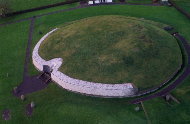 Built by Neolithic farming communities about 5,000 years ago, the passage
tombs have clear astronomical alignments such as the
Winter Solstice Sunrise at Newgrange and the
Equinox Sunrise at Loughcrew.
Built by Neolithic farming communities about 5,000 years ago, the passage
tombs have clear astronomical alignments such as the
Winter Solstice Sunrise at Newgrange and the
Equinox Sunrise at Loughcrew.
Judging from the splendour and magnificence of Newgrange and Knowth it is likely that these temples of the ancestors were places of astrological, spiritual, religious and ceremonial importance, much as present day cathedrals are places of worship where dignitaries may be laid to rest.
There is a lively debate about whether these wonderful megalithic structures were built primarily as burial tombs, sacred temples or astronomical observatories. While passage tomb is the traditional archaeological description for Newgrange and similar structures, chambered cairn or passage mound are the descriptions favoured by those who consider the term passage tomb too narrow.
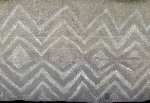 The large stones surrounding and inside the Passage Tombs are decorated with
Megalithic Art such as spirals, concentric circles, triangles, zigzags and
images which have been interpreted as the sun or the moon.
The large stones surrounding and inside the Passage Tombs are decorated with
Megalithic Art such as spirals, concentric circles, triangles, zigzags and
images which have been interpreted as the sun or the moon.
Irish passage tombs tend to occur in clusters traditionally described as a Necropolis or cemetery. The Boyne cluster includes Newgrange, Knowth, Dowth and Townleyhall. The other great clusters in County Meath are on the hills around Loughcrew.
The ancient Boyne Valley passage tomb mounds at Newgrange, Knowth and Dowth have been designated World Heritage Site status by UNESCO and attract 200,000 visitors per year. The sites and Visitor Centre are managed by the OPW (Office of Public Works).
For Group Tours and Private Tours including transport from Dublin to Newgrange, Knowth and the Boyne Valley, see Tours.
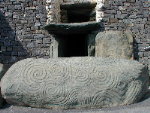 Newgrange is best known for the illumination of its
passage and chamber by the winter solstice sun.
Newgrange is open to the public with controlled access to the passage and chamber.
Tours of Newgrange start at the Brú na Bóinne Visitor Centre
located near the village of Donore, Co. Meath.
Newgrange is best known for the illumination of its
passage and chamber by the winter solstice sun.
Newgrange is open to the public with controlled access to the passage and chamber.
Tours of Newgrange start at the Brú na Bóinne Visitor Centre
located near the village of Donore, Co. Meath.
 Knowth has two passages and is surrounded by seventeen
satellite cairns. Knowth is open to the public however there is no public
access to the interior passages and chambers. Tours of Knowth also start at the
Brú na Bóinne Visitor Centre.
Knowth has two passages and is surrounded by seventeen
satellite cairns. Knowth is open to the public however there is no public
access to the interior passages and chambers. Tours of Knowth also start at the
Brú na Bóinne Visitor Centre.
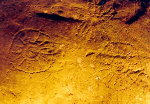 Dowth is the only one of the three large Brú na Bóinne
Passage Tombs which is not accessible from the Visitor Centre
situated on the south bank of the Boyne river. Visitors to Dowth can drive directly
to the site on the north bank of the river, a few minutes drive from the N51 Slane / Drogheda road.
Dowth is the only one of the three large Brú na Bóinne
Passage Tombs which is not accessible from the Visitor Centre
situated on the south bank of the Boyne river. Visitors to Dowth can drive directly
to the site on the north bank of the river, a few minutes drive from the N51 Slane / Drogheda road.
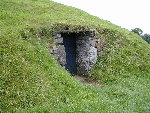
Fourknocks with its short passage leading into a wide pear-shaped chamber is in similar style to Tombs in Portugal. Just inside the main chamber to the left of the entrance is one of the few possible representations of a human face from the Neolithic Period in ancient Ireland.
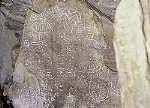 Loughcrew Cairns form the largest complex of
Megalithic structures in Ireland. The Cairns contain symbolic engravings called Megalithic Art, similar
in style to Newgrange and Knowth. Like other Passage Tombs in ancient Ireland, some of the cairns have
astrological alignments.
Loughcrew Cairns form the largest complex of
Megalithic structures in Ireland. The Cairns contain symbolic engravings called Megalithic Art, similar
in style to Newgrange and Knowth. Like other Passage Tombs in ancient Ireland, some of the cairns have
astrological alignments.
 The Hill of Tara was the seat of the High Kings of Ireland in the
first millennium AD however Tara is also the site of a Passage Tomb known as
the Mound of the Hostages dating back to between 2,500 BC and 3,000 BC.
The Hill of Tara was the seat of the High Kings of Ireland in the
first millennium AD however Tara is also the site of a Passage Tomb known as
the Mound of the Hostages dating back to between 2,500 BC and 3,000 BC.
Private Tour to Newgrange, Knowth, and the Boyne Valley
Embark on a journey through time and heritage with our exclusive private tour to Newgrange, Knowth, and other captivating sites nestled in the enchanting Boyne Valley. Immerse yourself in the rich history and mystique of these World Heritage sites, where ancient wonders come to life.Newgrange and Knowth, both designated as UNESCO World Heritage sites, stand as testament to the ingenuity of our ancestors. Dating back over 5,000 years, these Neolithic passage tombs are older than Stonehenge and the Great Pyramids of Giza. Step inside the chambers of Newgrange, where the winter solstice illuminates a narrow passage, casting an ethereal light on the ancient carvings within. Explore Knowth, adorned with megalithic art, and unravel the mysteries of a bygone era.
Visit the megalithic passage tombs at Newgrange and Knowth with the on-site guide. These are UNESCO World Heritage sites so you will be joining others on the official tour. Beyond the renowned Newgrange and Knowth, our private tour takes you on an intimate exploration of lesser-known gems in the Boyne Valley.
Leave the logistics to us as you embark on a stress-free exploration of the Boyne Valley. Our private tours ensure a personalized and comfortable experience from the moment we pick you up at your accommodation to the time we drop you back.
Boyne Valley Private Day Tour
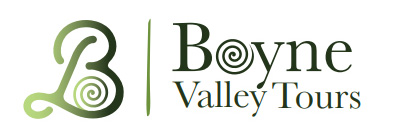 Immerse yourself in the rich heritage and culture of the Boyne Valley with our full-day private tours.
Visit Newgrange World Heritage site, explore the Hill of Slane, where Saint Patrick famously lit the Paschal fire.
Discover the Hill of Tara, the ancient seat of power for the High Kings of Ireland.
Book Now
Immerse yourself in the rich heritage and culture of the Boyne Valley with our full-day private tours.
Visit Newgrange World Heritage site, explore the Hill of Slane, where Saint Patrick famously lit the Paschal fire.
Discover the Hill of Tara, the ancient seat of power for the High Kings of Ireland.
Book Now
Home
| Newgrange
| Knowth
| Dowth
| Hill of Tara
| Fourknocks
| Loughcrew
| More Places
| Labyrinths
| Local Info
| Art Works
| Articles
| Images
| Books
| Links
| Boyne Valley Tours
| Contact


